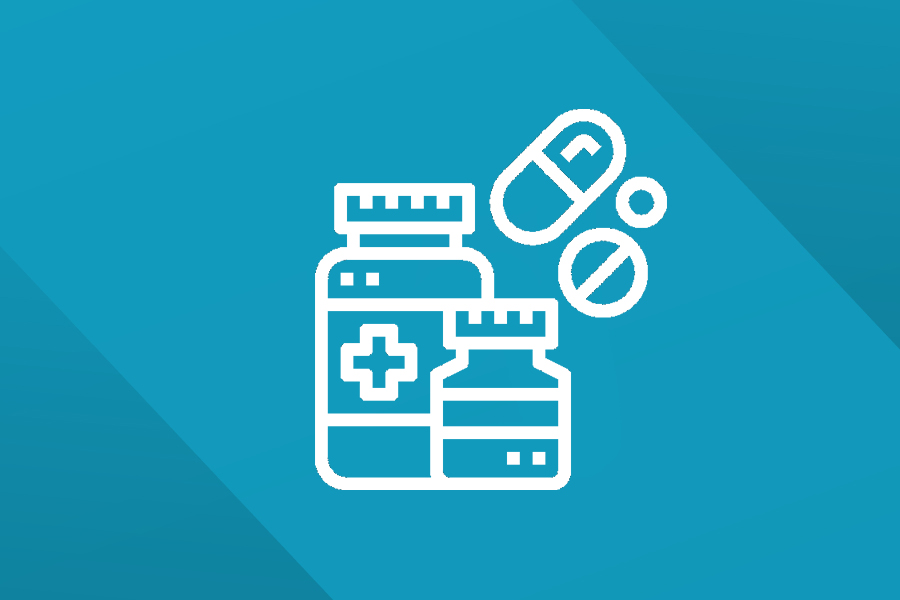Home
—
College of Allied Health Professions
—
Patient Safety
—
CAPTURE Falls
—
Roadmap
—
Fall Risk Reduction Interventions
—
Interventions to Reduce Fall Risk Related to Medication Use
Interventions to Reduce Fall Risk Related to Medication Use

Medications, while intended to cause a positive change in the patient’s medical status, often come with side effects that may increase a patient’s risk of falls. These side effects may include, but are not limited to, sedation, cognitive changes, impaired balance, orthostatic hypotension, or urinary or gastrointestinal effects. Pharmacists play an important role in reviewing a patient’s current medications and making recommendations for change to reduce risk of falls if possible. A list of interventions that may be of benefit to these patients include:
Potential Interventions
| Potential Interventions | Rationale |
| Handoff to communicate risk | Transfer important information about a patient’s fall risk to another staff member caring for that patient. |
| Medication review by pharmacy | Address medication side effects that may be contributing to fall risk. Provide recommendations for medications that may be used to treat issues potentially contributing to fall risk (e.g. pain, anxiety, gastrointestinal symptoms). |
| Orthostatic blood pressure monitoring | Determine if orthostatic hypotension is contributing to a patient’s fall risk and if a review of related medications is needed. |
| Patient/family education | Help patients and families understand what side effects may occur with patient medications and how these side effects relate to fall risk. |
| Visible identification of risk | Use of signage, colored bracelets, and/or socks helps all staff visually identify if a patient is at risk for falls. |